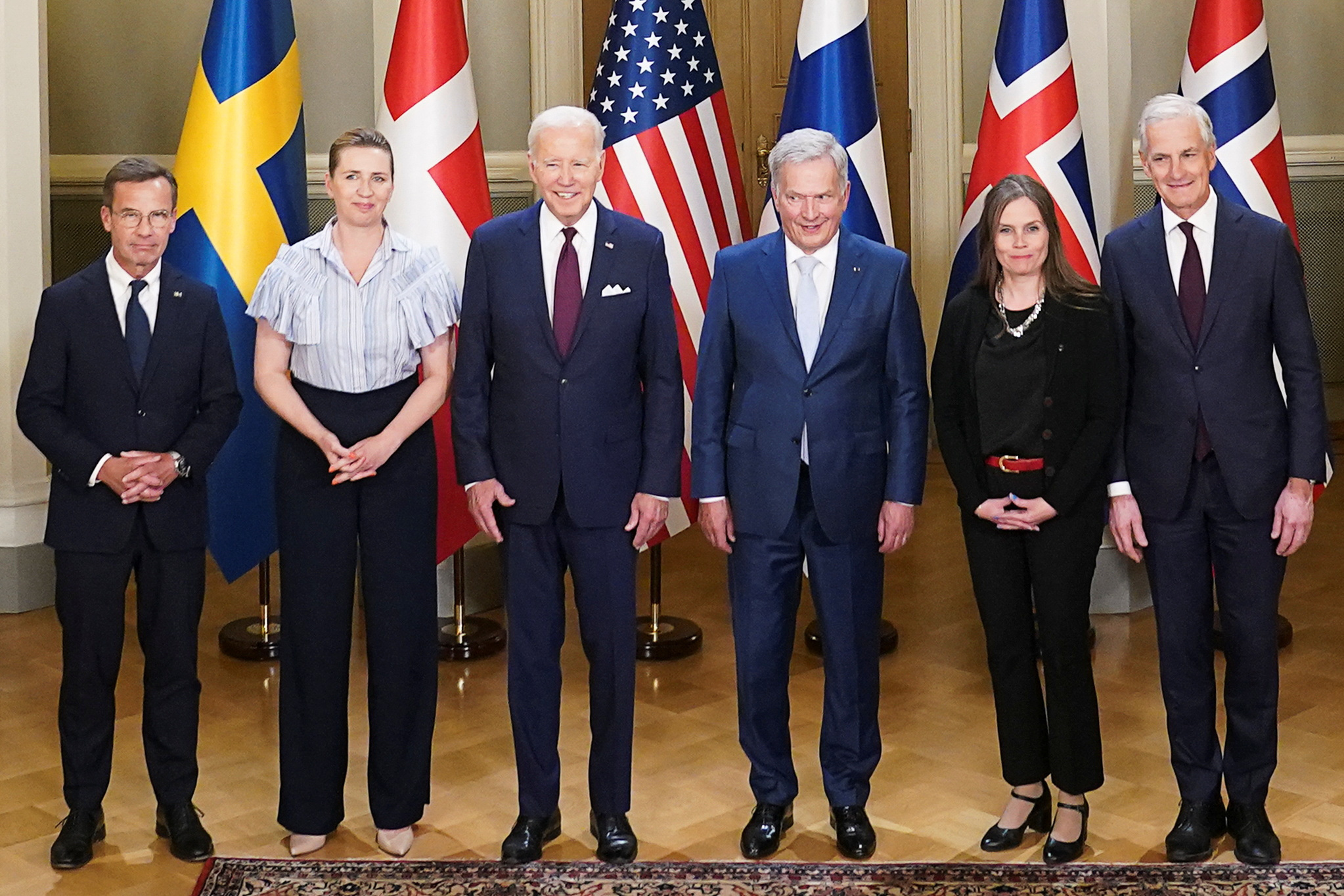
Willie R. Tubbs, FISM News
[elfsight_social_share_buttons id=”1″]
If Russian President Vladimir Putin intended for his invasion of Ukraine to limit the scope and power of NATO, his mission has in large part been a failure. However, this failure is not necessarily the harbinger of the end of the war in Ukraine.
As of this week, NATO is poised to expand again, with Sweden joining Finland as new members, and Ukraine figures to eventually join the treaty organization if and when the war with Russia ends.
“We will not waver,” President Joe Biden said during a Wednesday speech in Lithuania. “I mean that. Our commitment to Ukraine will not weaken. We will stand for liberty and freedom today, tomorrow, and for as long as it takes.
“We all want this war to end on just terms — terms that uphold the basic principles of the United Nations Charter that we all signed up to: sovereignty, territorial integrity. These are two pillars of peaceful relations among nations. One country cannot be allowed to seize its neighbor’s territory by force.”
The issue, though, is that Russia has long desired a buffer zone between itself and NATO.. Prior to Finland’s entry into NATO, Russia had what amounted to a one-nation neutral zone along its massive western border.
But Putin’s fears that Ukraine and the West were becoming too chummy played a major role in the eventual decision to invade. Now, that neutral zone is beginning to shrink.
Finland occupies a significant portion of Russia’s northern border with the West.
Ukraine, with its thousands of miles of border in Russia’s central-west, would not only cut even more into that neutral zone, it might also start an avalanche of new NATO members who will hope the economic and military might of the West will shield them from becoming the next target of Russian expansion.
The news for Putin has been made worse by the softening of Turkey in its posture to the enshrinement of new members.
Turkish President Recep Tayyip Erdoğan, previously a solid ally of Russia, initially resisted the entry of both Finland and Sweden into NATO only to be negotiated off that position on each occasion.
“He’s no longer interested in being dependent on Putin economically and strategically,” The Hill quoted Asli Aydıntaşbaş, a visiting fellow at Brookings Institution with the Turkey Project, as saying. “I think Russians are upset. I think the Kremlin is very upset.”
More recently, Erdoğan relented on Sweden. While this won’t affect Russia’s border worries, the massive nordic nation will add even more military and economic weight to NATO.
Erdoğan has also begun making nice with Ukraine, going so far as to okay the release of Ukranian prisoners who belong to the Azov battalion.
“This is the biggest increase in decades,” NATO Secretary-General Jens Stoltenberg said. “And we expect this number will rise substantially next year.”
Therein will potentially be the problem for Ukraine and, in the grander sense, the peace of Europe.
The Kremlin is taking numerous losses, and whatever Putin hopes to achieve through his aggression in Ukraine is yielding the precise opposite of one of his initial reasons for marching toward Kyiv in 2021.
It would be speculation of the wildest sort to attempt to predict Putin’s next step, but his options form a clear dichotomy.
He can either cut his losses or dig in deeper in his quest to restore the hegemony Russia once held over its neighbors and former subordinates.
